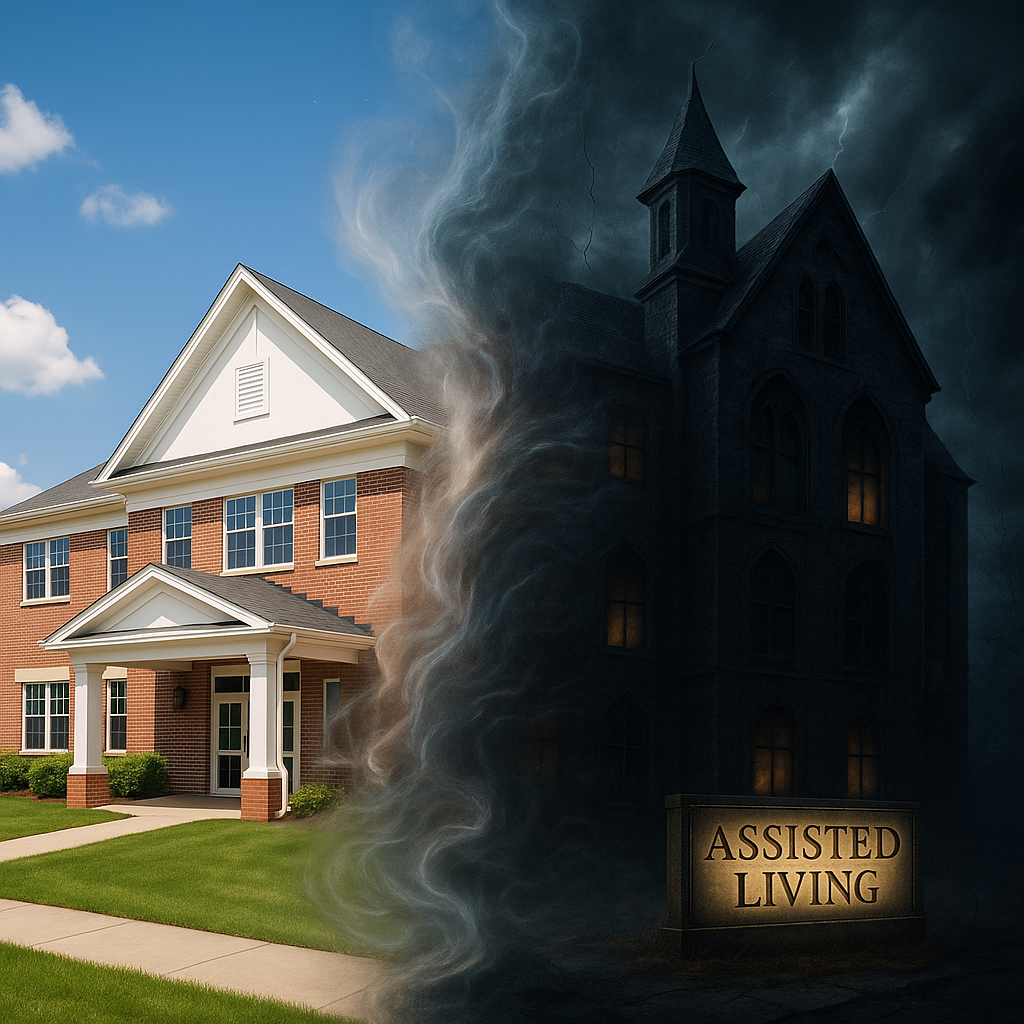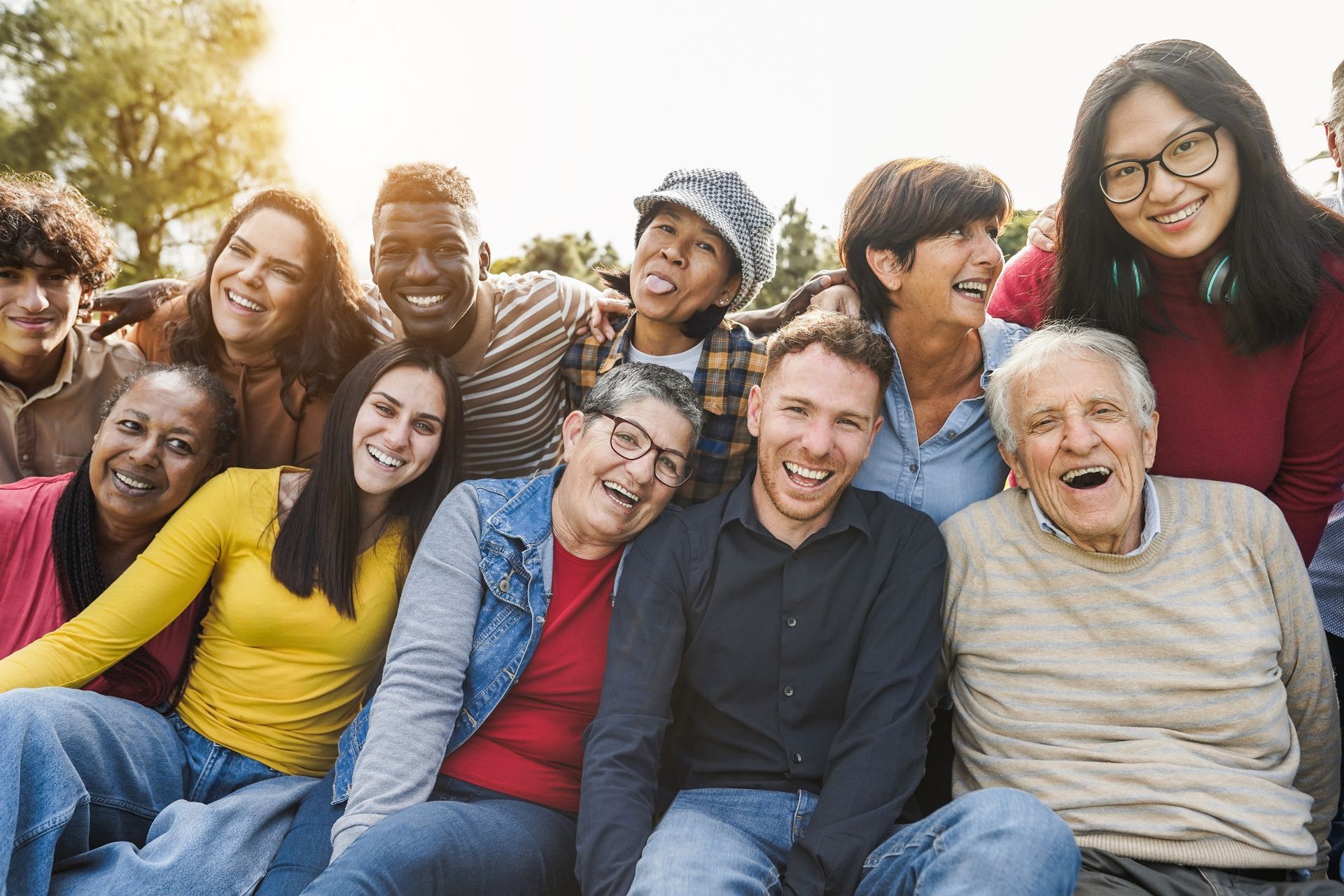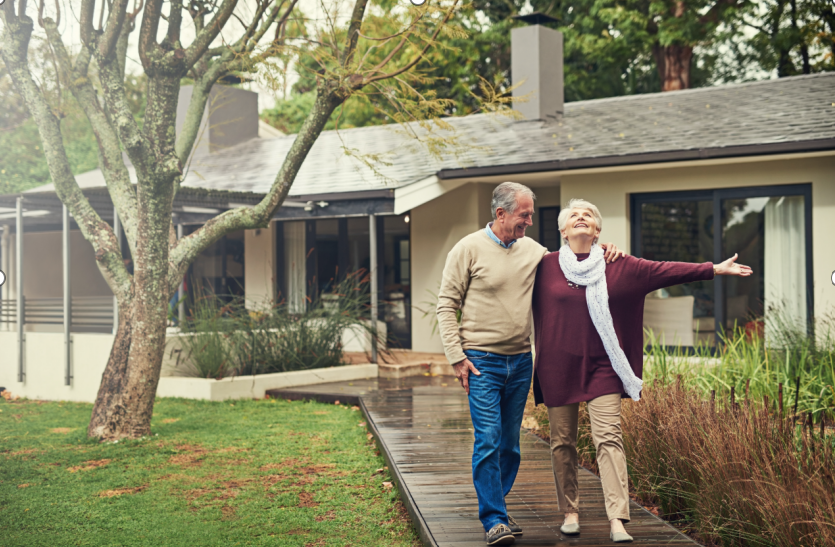BLOG
How to Live Your Best Life After 65
Gone are the days when retirement and advancing years were associated with being incapacitated and decrepit. Today that image is changing for the better. And, we encourage that if you are nearing retirement, form some plans to make the most out of this free time.
Here are some ideas on how you can continue to live an enriching, quality, and the best of your life after hitting 65.
Time Time Out For The Things You Love
Old age is the perfect time for people to do things they’ve always wanted to do. Your children are all grown up and you have plenty of time on your hands. So, before looking up a long-term care facility near me in Google, be sure to take some time to do things you’ve always wanted to do.
It could be enrolling in cooking classes, trying new foods or recipes, or learning a new language. Perhaps you always wanted to get a pilot’s license. Or maybe you always wanted to learn piano but never had the time. Get online and get yourself in the right courses. Seize the moment.
Get Moving
Avoid a sedentary life at all costs. It’s easy to get lazy when you don’t have much commitment. But, remember people over 65 years of age are more prone to developing depression, arthritis, obesity, diabetes, memory loss, and myriad health conditions unless they remain active enough.
And, while you don’t have to hit the gym; you could go for a walk by grabbing your favorite pair of shoes. Consider light exercises like Pilates, ballroom dancing, swimming, yoga, or anything your heart desires.
Have a Sense of Purpose
Since you no longer have kids to look after, you could try adopting an animal like a cat or a dog. There’s nothing quite like looking after another creature to give you a sense of purpose. If you plan on moving to a retirement community, then look for assisted living homes that allow pets.
Travel as Much as You Can
Go out and explore the world. Use some of the money you saved for retirement towards visiting your favorite countries or places. Although due to COVID travel restrictions have gotten stricter; there are still several beautiful places you could visit in Australia, New Zealand, and several other countries with travel relaxations.
Traveling makes you a richer person. It opens you to new experiences and adventures. That sense of newness when you immerse in new cultures/places keeps your spirits high. It’s the best way to remain young at heart and stay purposeful. Seeing how the rest of the world lives could also offer you a new perspective on life.
Prioritize Family And Friends
Being busy with a job and career doesn’t always give you time to spend time with friends and family. But, during retirement, you have the perfect opportunity to visit your sons, daughters, and grandkids.
Call them up or invite them over for dinner. Plan a few holidays with them. Now is the time to express your love for them as nothing is keeping you busy. If you’re divorced or widowed, you could consider going on a new date.
There are dating sites dedicated to seniors. If your friends don’t live nearby; then join activities and clubs to make new ones.
Learn New Things
Learning should never stop. Even when you’re old. A growing number of seniors are now choosing to develop a new skill or learn a new language as they retire. You could always visit your local community college and see what all courses they have to offer. You could even get a senior discount.
Find a course that sounds interesting. The best thing about learning something new is that it keeps you mentally sharp. It slows down cognitive decline. Let’s not forget the proud feeling of having learned something new.
Volunteer In Your Local Area
There's nothing more meaningful and rewarding than giving back to society. You can do that by volunteering at a local school, community center, church, memory care center or hospital. You could even volunteer at a charity shop. Alternatively, you could reach out to family and friends to offer help in case they need it. You never know! A spring cleaning break could be an excuse to bond with your grandchildren.
Connect with New People
As humans, we crave and thrive on social connections. During old age, it’s easy to become isolated from everyone. This is not good for your mental health. Connecting with new people keeps you mentally well. It’s good for your spirit.
So, take time to socialize with interesting people. You could join a community, a club, a swimming pool, or hobby classes to meet with them. Traveling is another way to find like-minded people.
Meeting new people is great for your mental health. Go for a coffee or an outing with new friends you make.
Take Care of Your Looks
No! Looking good is not selfish or narcissistic. It’s a form of therapy and remaining in good spirits. The way you look says a lot about your self-worth and how you view yourself.
Here are some useful tips to look sharp -
● Get a fresh haircut
● Take care of your dental health by regularly brushing/flossing
● Wear clothes that not only fit nice but also make you look better
● Go for a head massage once in a while
● Women should try wearing pearls while men should ensure grooming sessions like shaving, etc.
Final Thoughts
Old age does not have to be a painful or isolating period waiting for the inevitable death to arrive. With proper planning and commitment, this could be one of the most beautiful and rewarding periods of your life.














